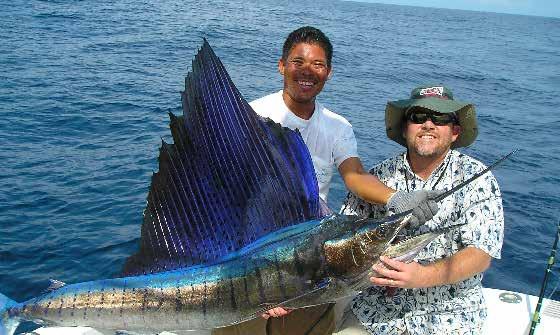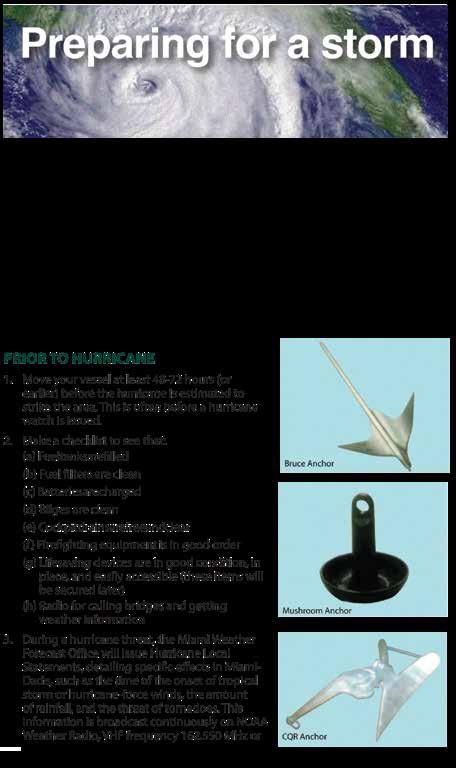
2 minute read
IGFA Release Recommendations
Modifying the types of hooks you use can significantly affect a fish’s chances for survival after it is released. When fishing with natural bait (dead or alive), IGFA strongly encourages the use of non-offset circle hooks. Extensive research on species from salmon to sailfish has demonstrated that circle hooks gut hook significantly fewer fish without sacrificing catch rates. Lures that have treble hooks should have the barbs bent down or removed to facilitate easier hook removal.
Interested in the science behind circle hooks? Read Circle hooks, 'J' hooks and drop-back time: a hook performance study of the south Florida recreational live-bait fishery for sailfish, Istiophorus platypterus published in Fisheries Management and Ecology in 2007.
Advertisement
If you’re not going to photograph your fish or document it for record purposes, the best method is to not remove the fish from the water. In-water releases can be aided by the use of de-hooking devices that eliminate the need to boat the fish and keep hands safe distances away from the fish. If the fish has swallowed the hook, it is much better for the angler to cut the leader as close to the fish as possible, rather than trying to forcibly remove the hook.
If a fish needs to be removed from the water to remove the hook and/or document it for record purposes, anglers should use either their hands or knotless, rubberized landing net. Most small to moderately large sized fish can be landed by hand. Ideally, this should be done with wet hands or soft, wet gloves to minimize slime and scale loss. Lip gripping devices may be used to help subdue fish. However, they should not be used to hoist fish vertically out of the water, as this can cause damage to jaw muscle and bone as well as to internal organs. The best method for removing fish from the water is to grip the fish or the lower jaw and support the fish’s underside. Again, the point is always to hold fish horizontally and not vertically. 19
South Florida is one of the most vulnerable areas on the United States coast for a hurricane. In 1992, Hurricane Andrew, the most powerful storm in Miami-Dade County, registering as a Category V, and the third strongest in U.S. history with sustained winds in excess of 155 mph, came ashore and destroyed many marinas in south Miami-Dade County. Hurricanes that exceed 110 mph can be expected to occur in south Florida about once every 10 years. The population of Miami-Dade County continues to increase, bringing many boaters with little hurricane experience.
The wind will be the biggest enemy. There are several things to do to help minimize its overwhelming affects. Knowing how to secure your boat and where to keep your boat are the two primary concerns. The most important thing to remember is DON’T WAIT UNTIL THE LAST MINUTE! Being prepared in advance by having a plan and practicing your plan will help to protect your life and property.





